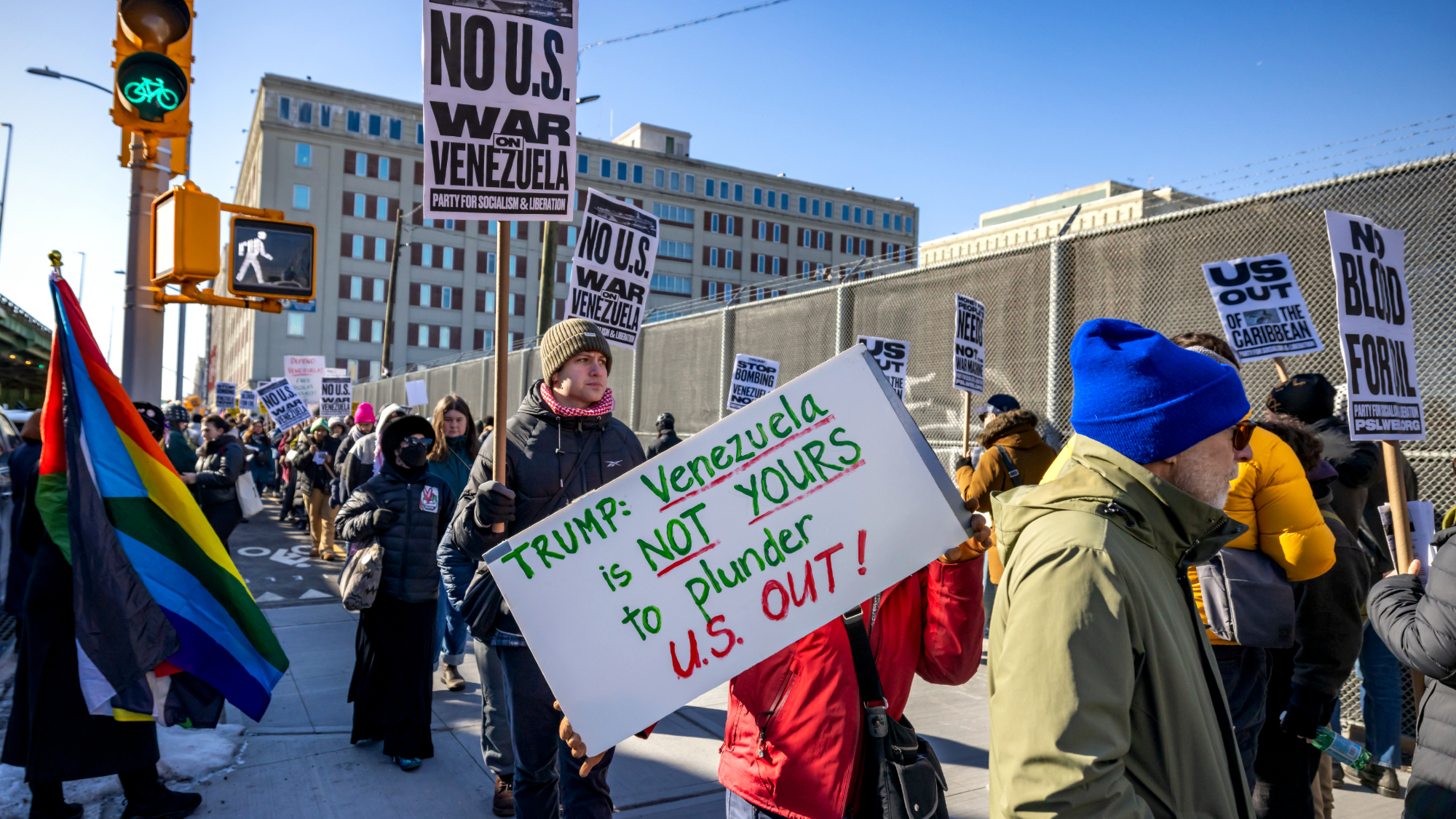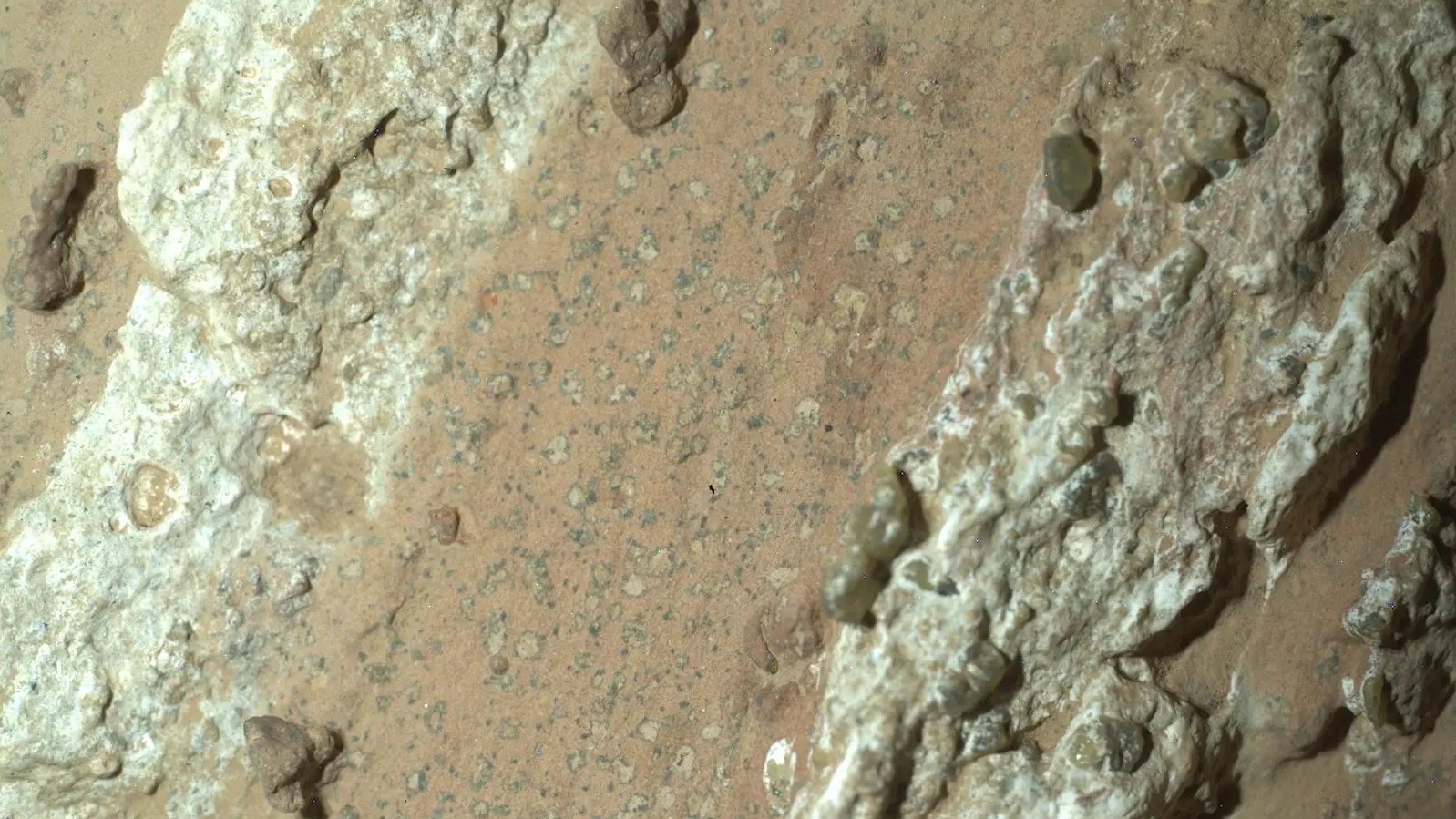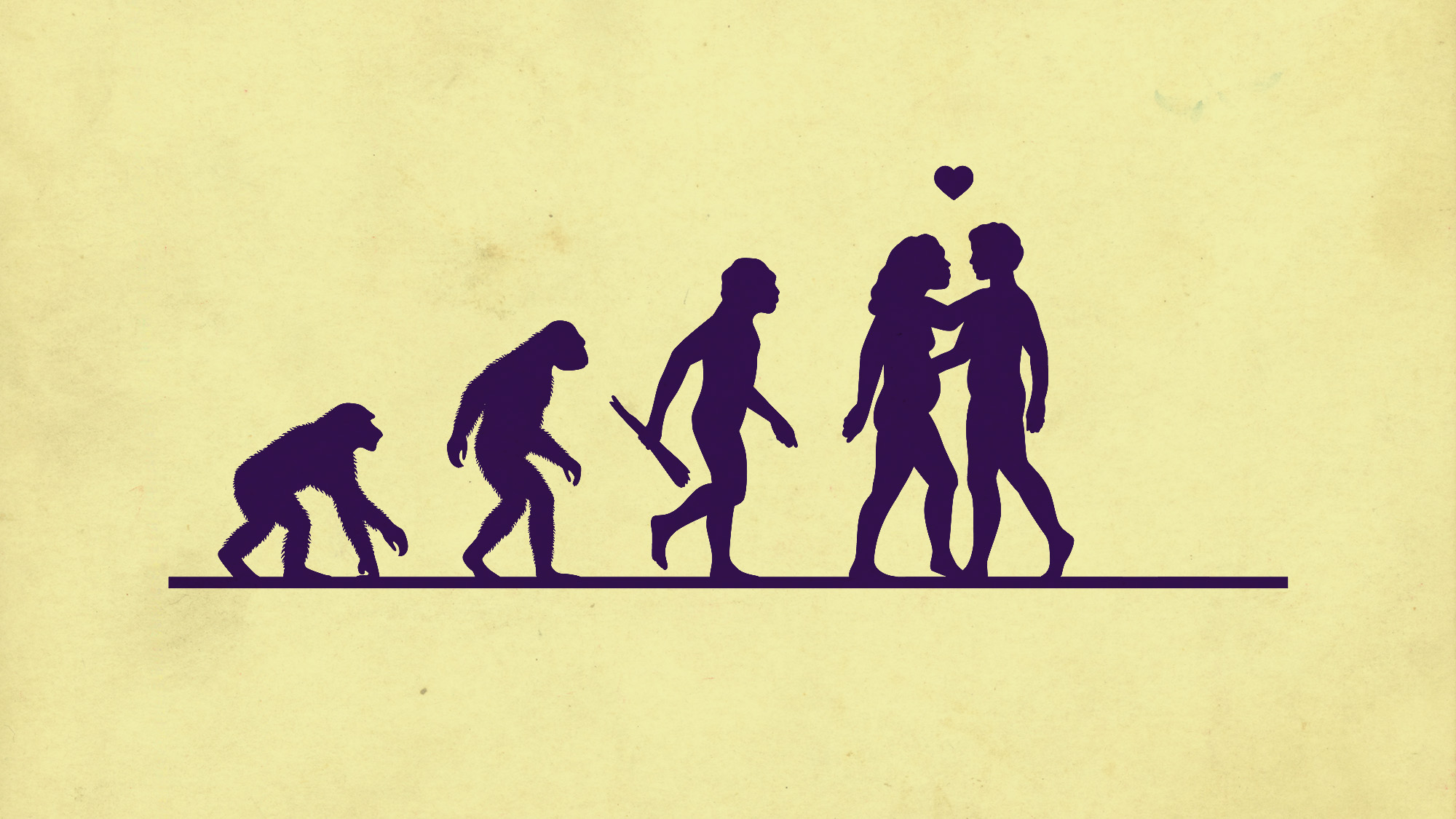DNA suggests Mayans sacrificed boy siblings
These findings "flew in the face of the argument that it was mostly young virgin women" being sacrificed


What happened
The remains of 64 Mayans believed to have been ritually sacrificed in the ancient Mexican city Chichén Itzá between 500 and 1000 A.D. were local boys, mostly age 3 to 6 and many of them closely related, researchers reported Wednesday in the journal Nature. There were two sets of twins.
Who said what
The remains were accidentally discovered in a chultún, or cistern, near Chichén Itzá in 1967. DNA analysis began in 2015, and "we kept rerunning the tests because we couldn't believe that all of them were male," said the study lead author Rodrigo Barquera at Germany's Max Planck Institute for Evolutionary Anthropology.
The findings "obviously flew in the face of the argument that it was mostly young virgin women being thrown into the cenote," an idea first popularized by early archeologists, Northern Arizona University archaeologist Jaime Awe said to The New York Times. But while "only male children were selected for sacrifice" here, rituals varied.
What next?
Ancient DNA degrades faster in tropical areas, but "we're getting better and better at retrieving even very small amounts of DNA" and analyzing it to understand "this incredibly rich history" in Mesoamerica, said Harvard's Christina Warinner, a study coauthor.
The Week
Escape your echo chamber. Get the facts behind the news, plus analysis from multiple perspectives.

Sign up for The Week's Free Newsletters
From our morning news briefing to a weekly Good News Newsletter, get the best of The Week delivered directly to your inbox.
From our morning news briefing to a weekly Good News Newsletter, get the best of The Week delivered directly to your inbox.
A free daily email with the biggest news stories of the day – and the best features from TheWeek.com
Peter has worked as a news and culture writer and editor at The Week since the site's launch in 2008. He covers politics, world affairs, religion and cultural currents. His journalism career began as a copy editor at a financial newswire and has included editorial positions at The New York Times Magazine, Facts on File, and Oregon State University.
-
 How robust is the rule of law in the US?
How robust is the rule of law in the US?In the Spotlight John Roberts says the Constitution is ‘unshaken,’ but tensions loom at the Supreme Court
-
 Magazine solutions - December 26-January 2
Magazine solutions - December 26-January 2Puzzles and Quizzes Issue - December 26-January 2
-
 Venezuela ‘turning over’ oil to US, Trump says
Venezuela ‘turning over’ oil to US, Trump saysSpeed Read This comes less than a week after Trump captured the country’s president
-
 NASA reveals ‘clearest sign of life’ on Mars yet
NASA reveals ‘clearest sign of life’ on Mars yetSpeed Read The evidence came in the form of a rock sample collected on the planet
-
 The dubious nature of de-extinction
The dubious nature of de-extinctionThe Explainer Is it a vanity project backed by billions, or the future of animal conservation?
-
 The return of the dire wolf after 10,000 years of extinction
The return of the dire wolf after 10,000 years of extinctionThe Explainer The US bioscience firm claimed it had genetically engineered new dire wolves after 10,000 years of extinction
-
 Scientists finally know when humans and Neanderthals mixed DNA
Scientists finally know when humans and Neanderthals mixed DNAUnder the radar The two began interbreeding about 47,000 years ago, according to researchers
-
 New DNA tests of Pompeii dead upend popular stories
New DNA tests of Pompeii dead upend popular storiesSpeed Read An analysis of skeletal remains reveals that some Mount Vesuvius victims have been wrongly identified
-
 A Viking Age skeleton discovery could shed light on ancient DNA
A Viking Age skeleton discovery could shed light on ancient DNAIn the Spotlight The 50 skeletons were 'exceptionally well-preserved'
-
 Humans are near peak life expectancy, study finds
Humans are near peak life expectancy, study findsSpeed Read Unless there is a transformative breakthrough in medical science, people on average will reach the age of 87
-
 Nasa mission to probe possibility of life on Europa
Nasa mission to probe possibility of life on EuropaSpeed Read Exploration of Jupiter's icy moon could reveal how common habitable environments are in the universe
